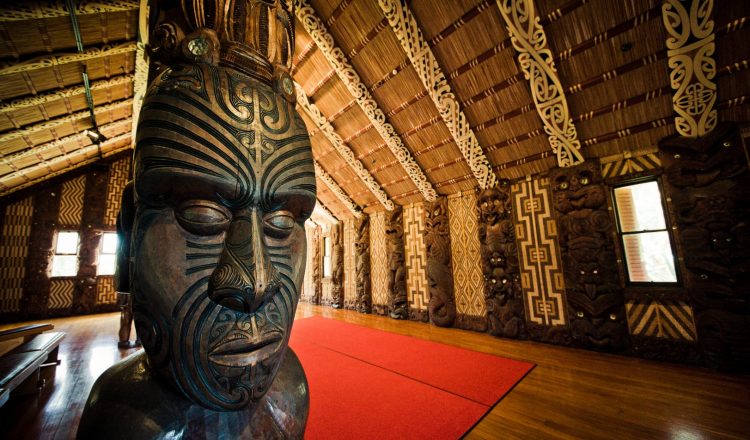毛利食品
猕猴桃美食受到世界各地食物的影响,但是,是毛利人开创了该国最古老的烹饪技术。毛利人传统上是猎人、采集者、农民和渔民,他们相信地球给了他们生命和养活家庭和 iwi 的手段。这种与自然的联系是毛利人烹饪的重要组成部分,因为他们使用了 hangi,这是一种传统的烹饪技术,涉及将食物埋在地下。
Hangi
毛利文化走向食物的一切都是招待和分享。食物也是毛利文化仪式的一个组成部分,他们的烹饪方法完全是为人群提供食物和将社区聚集在一起。在传统的 hangi 烹饪中,食物被包裹在亚麻叶中,将其固定在一起并锁住热量。然后他们把它放进坑炉里,在地上挖出了一个充满热石的洞。用湿布覆盖食物,然后把一堆土堆放回顶部。这样,热量就无法逃脱,确保食物可以吃得很好。hangi 烹饪方法通常需要 3 或 4 个小时,但投资时间的回报是嫩肉、多汁的蔬菜和烟熏而大地的味道。
Kai — 毛利食品
毛利人从他们的部落土地或领土采购食物或 “kai” 在干吉做饭。以这种方式烹饪的最常见的食物是鱼类、鸟类和红薯。但是,在接触欧洲美食之后,毛利人也开始以传统方式烹饪猪肉、羊肉、南瓜和卷心菜。库马拉是毛利人在新西兰种植近一千年的红薯,但库马拉不是新西兰的原产地,毛利人在第一次抵达太平洋岛屿时从太平洋岛屿带来。
即使在现代,Rewena 面包也是毛利人最喜欢的另一种。这是一种以土豆为基础的面包,通过发酵过程中升起来。Rewena 面包可以使用普通土豆或 kumara。它以其甜酸味而闻名,经常在毛利人庆祝活动中与 hangi 烹饪一起提供。
除了来自周边地区的食物外,毛利人还使用提供的草药来增添美味或调味他们的烹饪创作。他们还使用 horopito 这样的草药来提高药用品质。
毛利美食至今仍在发展,新西兰的许多文化之间有新的食谱和烹饪融合。

















































